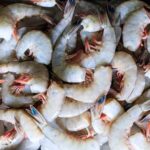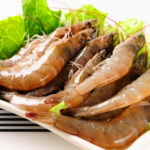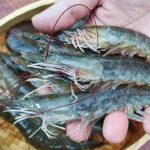When buying shrimp, it’s important to know what to look for to ensure you’re getting fresh, good-quality seafood. Here are four types of shrimp to avoid, even if they’re sold at a bargain price.
1. Shrimp with peeling shells
Whether you’re buying fresh or frozen shrimp, if you spot any with damaged, broken, or peeling shells, it’s a sign that they’re not very fresh. The meat of these shrimp is likely to be less tasty and nutritious, resulting in an unappetizing flavor.
Even if they’re inexpensive, it’s best to avoid buying these shrimp.
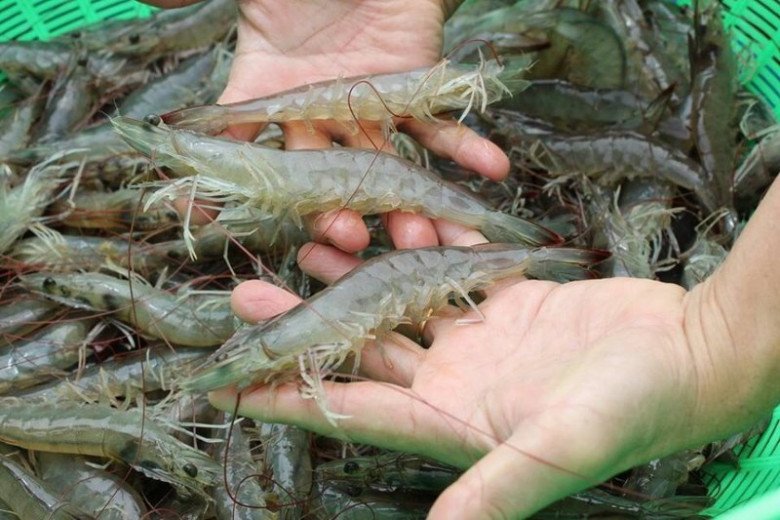
2. Shrimp with loose or missing legs and heads
Similar to the first point, shrimp with loose or missing legs and heads are not a good choice. If the connection between the shrimp’s head and body is black and loose, it indicates that the shrimp is not fresh. Don’t buy shrimp like this.
Additionally, if you hold the shrimp and pull it straight, and it doesn’t return to its original curved shape, it’s likely been dead for a long time and is no longer fresh.
Note: Avoid buying shrimp that have turned black, especially those with black heads. These shrimp have been stored for a long time or have undergone spoilage during preservation. They have lost their nutritional value and may have deteriorated, emitting a strong, unpleasant odor and becoming mushy.
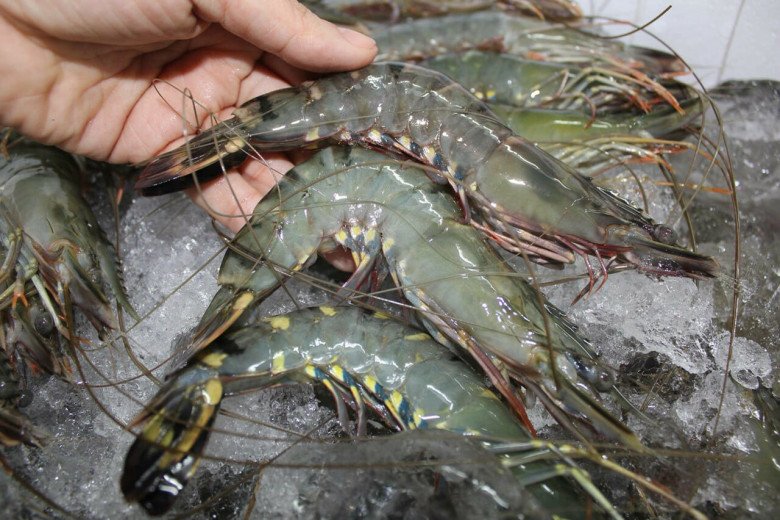
3. Frozen shrimp with a straight posture
Frozen shrimp, commonly sold in supermarkets, may not have the same appeal as fresh shrimp, but if stored properly, they can still be delicious. However, when buying frozen shrimp, avoid those that are completely straight.
You’ll notice that some frozen shrimp are curved, while others are straight. Many people opt for the straight ones as they seem easier to prepare. However, chefs believe that the curved shrimp are the ones that were alive before freezing. Straight shrimp, on the other hand, are likely dead before freezing, as they lack the strength to maintain their curved posture. After prolonged freezing, they remain straight, so it’s best to avoid buying these.
Moreover, some unscrupulous sellers may store shrimp for years, leading to a significant decline in flavor and nutritional value. Therefore, if the frozen shrimp are not properly packaged and lack a clear expiration date, it’s best to steer clear. Especially avoid those with black heads.
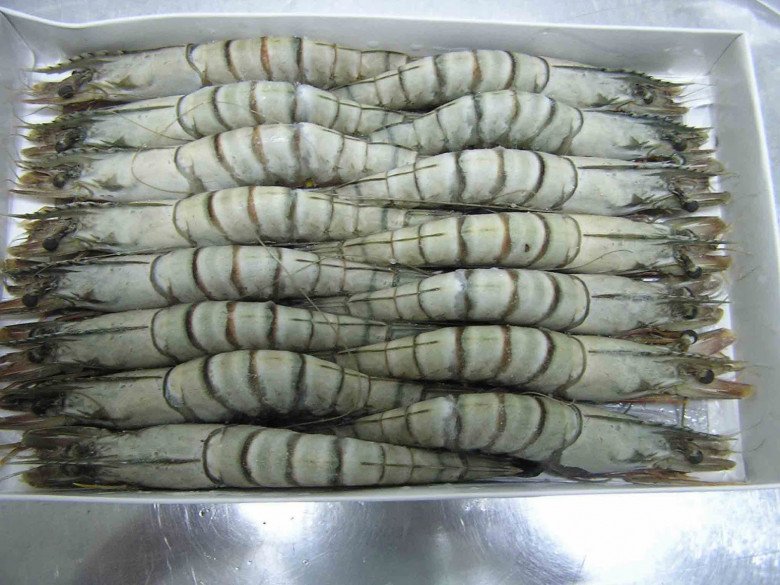
4. Shrimp treated with preservatives
Pay attention to the presence of flies or mosquitoes when purchasing shrimp or other seafood. If there are none around, it could indicate the use of chemicals that repel these insects. Therefore, it’s best to avoid buying shrimp from such sellers.

In conclusion, when buying shrimp, steer clear of the four types mentioned above, even if they’re offered for free. Instead, opt for shrimp with bright, shiny colors and intact heads and bodies. Fresh shrimp are lively, robust, and have a firm grip on their heads and bodies, with no signs of leg or head loss.
The Secret to Delicious Boiled Shrimp: A Magic Ingredient
“It turns out that this liquid is the secret to making boiled shrimp taste and look better. The clear, colorless liquid enhances the natural flavor of the shrimp, making it more delicious and appealing. But that’s not all; it also gives the shrimp a beautiful, vibrant red color that is sure to impress. So, what is this magical liquid, and how does it work its wonders? All will be revealed as we dive into the fascinating world of shrimp preparation and presentation.”
Delicious and Easy-to-Make Dishes with Lotus Stem
The delicate yet versatile water caltrop, or water chestnut, is a culinary treasure, adding a unique and nutritious touch to a variety of dishes. From crisp, refreshing salads to hearty soups, the water caltrop is a true chameleon, enhancing the flavor and nutritional profile of any dish it graces. With its subtle sweetness and crisp texture, it is no wonder that this humble ingredient has earned a place in the hearts and kitchens of food enthusiasts and health-conscious individuals alike.

























